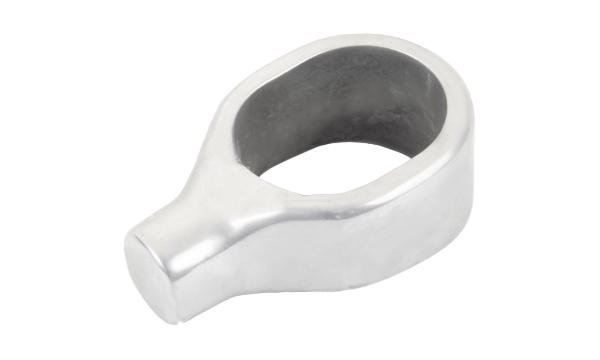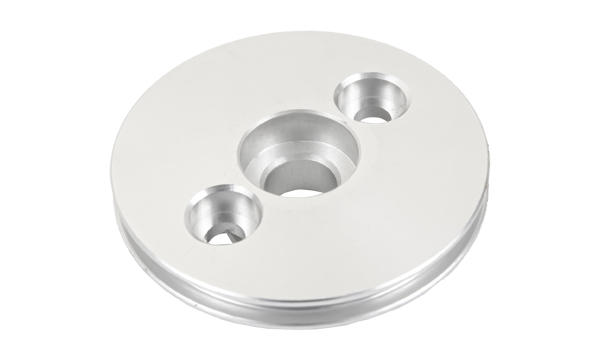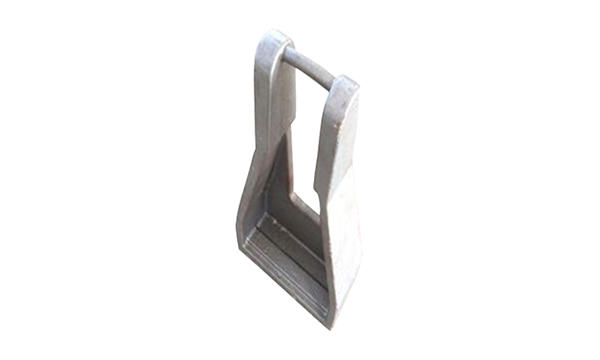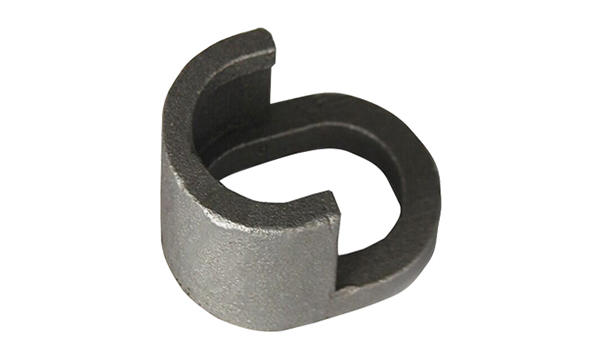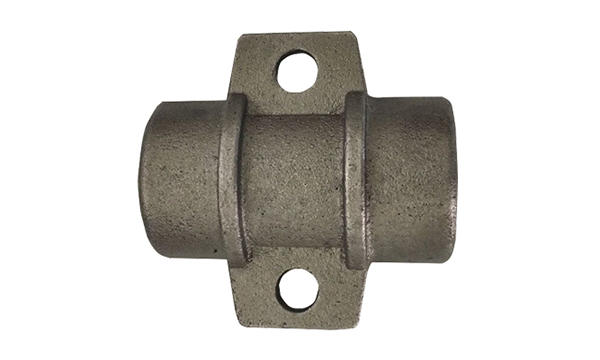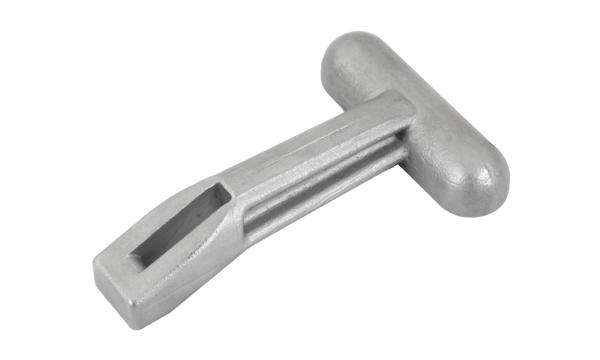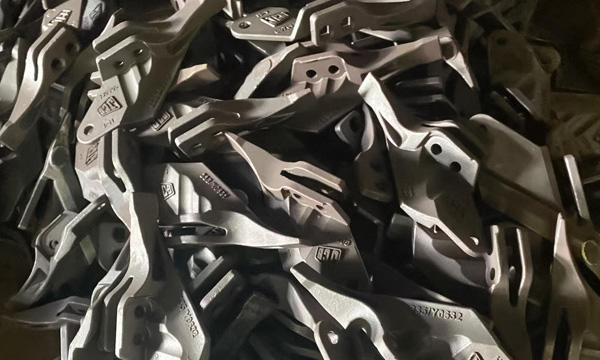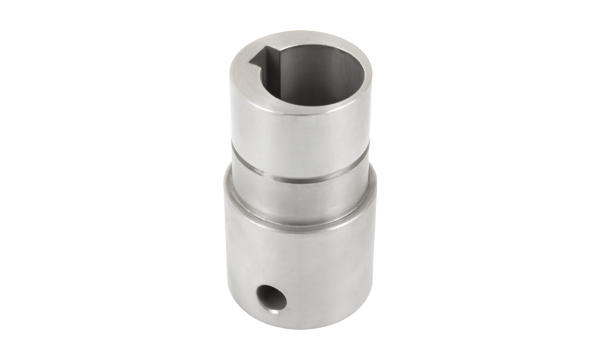Is Investment Casting Right For Your Application?
Posted by Admin
If you’re considering a metal part, you may be wondering if Investment Casting is right for your application. In this article, you’ll learn about Loss-wax investment casting, metals used in the casting process, Die manufacturing, and Dimensional accuracy. We’ll also touch on the benefits of this metal casting process. Read on to learn more! Listed below are some of the advantages of Investment Casting.Loss-wax investment castingLost-wax investment casting produces intricate parts and requires fewer individual processes. This method of casting can be used on both ferrous and non-ferrous metals, and it gives companies a great deal of flexibility in design and mold making. The benefits of this method far outweigh the disadvantages, though. For example, investment casting is particularly useful for parts with intricate detail, which are more difficult to produce using other methods.Metals used in investment castingThe process of investment casting involves filling a mold cavity with molten metal, which solidifies after cooling. These types of castings have very tight tolerances, which means that machining is not required. The type of machine needed depends on the process, and only machines in the Production Department will be suitable. Metals used in investment casting include aluminum, copper, and magnesium. The investment casting process is easy to master, but can be difficult if you want to produce premium components.Die manufacturingInvestment casting and die manufacturing are both processes in which molten metal is injected into a steel die cavity. This process is often used in complex geometries, where a high strength is required. Then, the metal is hardened. Investment casting is typically more expensive than other methods of manufacturing because the process requires multiple parts, machining and fabrication. Here are some of the advantages of investment casting and die manufacturing. This process is ideal for complex geometries and parts that need high strength and high quality.Dimensional accuracy of investment casting partsFor components used in the food industry, dimensional accuracy is of utmost importance. From large machinery to small equipment, the food industry uses investment casting for its components. These parts are made of stainless steel and specialty alloys. To ensure optimum performance and precision, these components must be made of durable materials. Typical investment casting parts in this industry include poultry processing equipment, meat slicers, and grill parts. This article will explore the advantages of investment casting.Cost of investment castingThe cost of investment casting tools depends on the complexity of the part to be cast. A part that is overly complex may require more moving parts and longer construction time. Similarly, larger parts require larger tools, more material and more time to machine the mold cavity. In certain cases, soluble cores may also be required, resulting in higher up-front costs. And as these materials are often expensive, the cost of investment casting tools is also higher.Alternatives to investment castingWhile there are advantages and disadvantages to both processes, investment casting offers many advantages over die casting. For example, investment casting is more efficient and produces parts with a near-net shape. Additionally, investment casting allows for a wide variety of alloys, making it an excellent choice for smaller parts. In addition, it can deliver tighter tolerances than die casting and requires fewer secondary processes. However, die casting has its drawbacks, such as high tooling and maintenance costs.
